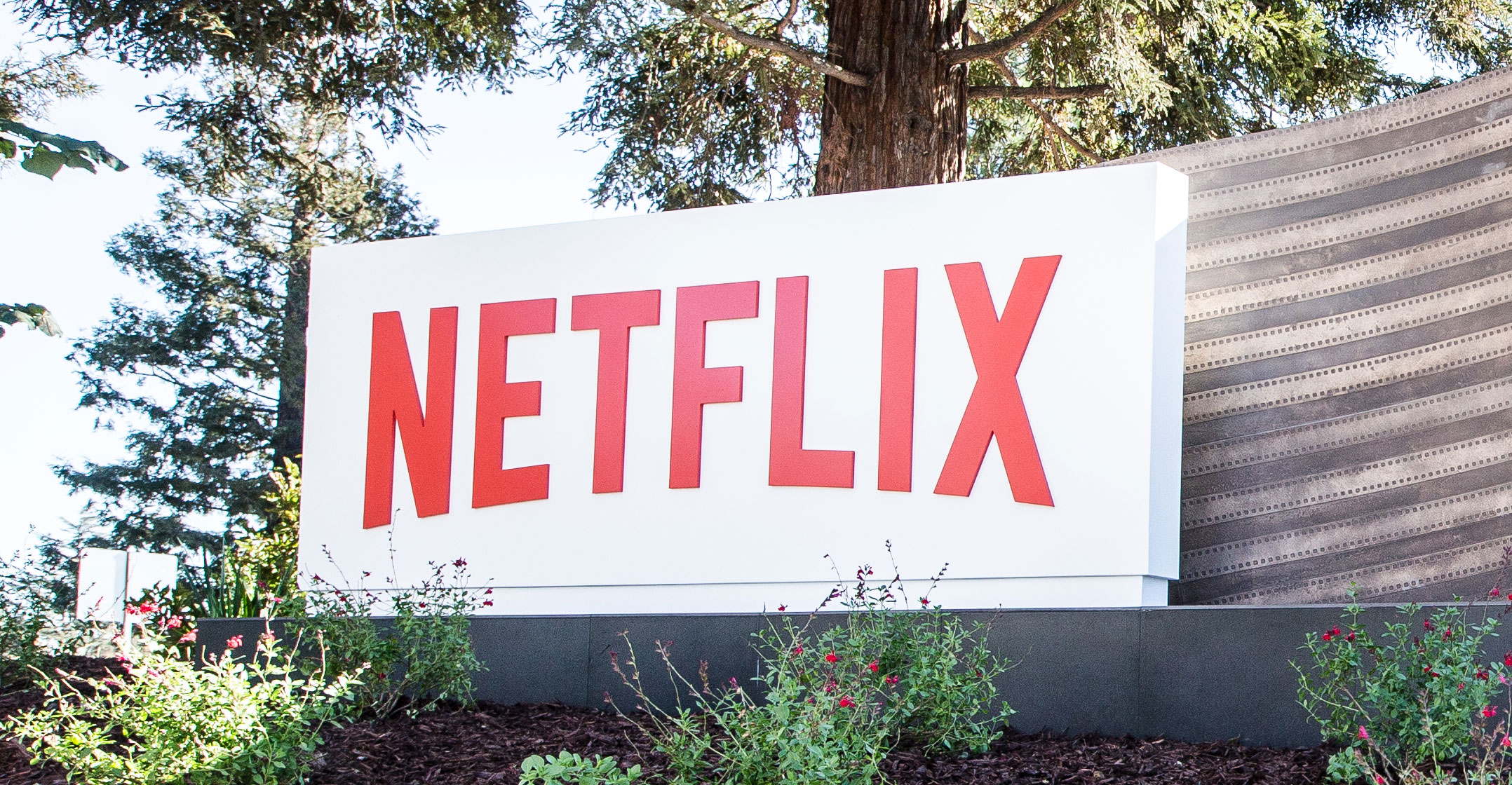 Apple is widely expected to introduce an original video programming service at an event next week, but so far analysts aren’t convinced that the initiative will provide a major boost to earnings.
Apple is widely expected to introduce an original video programming service at an event next week, but so far analysts aren’t convinced that the initiative will provide a major boost to earnings.
Goldman Sachs on Monday wrote that the impact, even in a best-case scenario for the number of subscribers, would be “likely small”. The firm has a neutral rating and US$140 price target on Apple.
Still, Apple shares rose a seventh day on Monday, its longest advance since September after advancing on Friday to the highest since last November. While Apple is up 31% from a January low, it remains about 20% below record levels.
If Apple Video adds 20 million subscribers who pay $15/month by the end of 2020 — what Goldman called a bull-case scenario — that would likely only increase consensus earnings expectations by 1%, according to analyst Rod Hall. An Apple News product that costs $10/month for a subscription would add 0.4% to earnings.
“While new Video and/or News products might help to increase iPhone stickiness they seem unlikely to make much of an impact on Apple’s bottom line,” Hall wrote to clients.
A so-called Apple Prime “bundle” including News, Video, Music and iCloud storage could provide a more significant impact, Goldman wrote, though it was sceptical that this could drive growth in the way that Amazon.com’s Prime service did.
‘Years behind’
“The key question for us on this is what the anchor value in such a bundle would be from the point of view of a consumer,” Hall wrote. “In the case of Amazon it is free shipping but in Apple’s case the core driver is less clear to us.”
Goldman is not the first firm to express scepticism about Apple’s expected move into video. In February, KeyBanc Capital Markets wrote that the initiative “appears likely to be sub-scale, years behind key competitors, and lacking in meaningful differentiation”.
There’s “little in the effort that appears likely to drive material profits or that could attract a significant number of incremental users to the Apple ecosystem”, wrote analyst Andy Hargreaves. The “volume of output is unlikely to produce the consistency and breadth of quality that is available through competitors”, and given the pace of growth at competitors like Netflix or Disney, “it seems unlikely that Apple can catch up in the foreseeable future”.

Because of this issue, analysts have suggested Apple enter the video-streaming space through acquisitions rather than building out its own service. Last month, JPMorgan wrote that Apple investors were likely looking for the company to use its massive cash pile to “insulate the business against often-seen disruptions in the technology landscape” by buying a competitor. It suggested that Netflix, along with videogame maker Activision Blizzard and speaker company Sonos, could be a strategic fit.
Video content provides “leverage to rapid growth in content consumption on mobile” and Netflix has “an established platform to accelerate Apple’s nascent investments in original content”, wrote JPMorgan analyst Samik Chatterjee. But he conceded that “a combination is less likely as Netflix is unlikely to be a seller for a modest premium”.
Last week, Needham analyst Laura Martin suggested that Roku could be an acquisition target for companies wanting to expand into the streaming space, as it “is so small at a market cap of $6.5-billion that it would be faster (with lower risk) to buy it than to build it, especially because it’s tiny compared to these corporate behemoths”.
The scepticism about Apple Video comes at a time when Apple has been struggling with weak demand for the iPhone, by far its most important product. Last week, Longbow Research wrote that China demand trends were going “ from bad to worse”, which could put an additional onus on Apple’s 25 March event to launch a Netflix competitor and an Apple News Magazines subscription service. — Reported by Ryan Vlastelica, (c) 2019 Bloomberg LP




